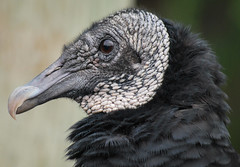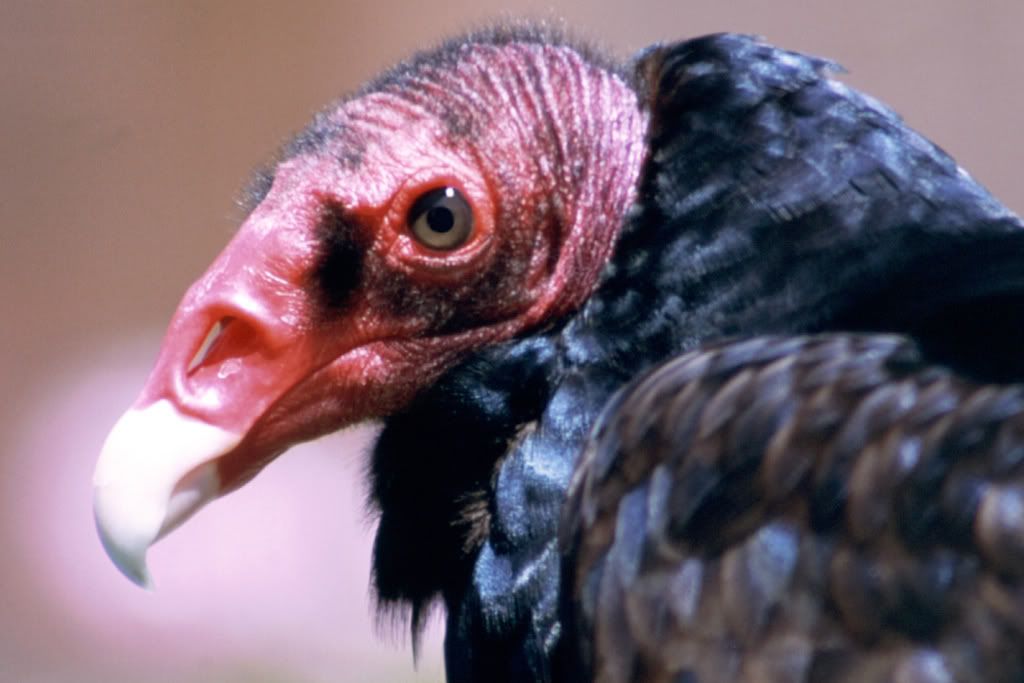What aquatic animal has the best sense of smell?
Did you say "sharks"?
While sharks can smell at concentrations of one part per million, the channel catfish can detect concentrations at one part per billion. How do they do it? It's a matter of in one nostril and out the other. When water goes into one of the catfish's nostrils, it passes over little folds that detect scents before exiting though the other nostril; the more folds, the better the sense of smell. Largemouth bass have up to 13 folds and rainbow trout have 18, but the channel catfish has more than 140! Going back to the pool analogy, all the channel catfish would need to smell blood would be one-fifth of a teaspoon mixed in with the whole pool.
This next creature hardly needs an introduction:
It's the star-nosed mole, and just look at that nose! Its nose has landed the star-nosed mole in the Guinness Book of World Records for the fastest forager, able to identify an object by touch within 25 milliseconds. How long is that? Well, in the time that it took you to blink just now, the star-nosed mole could have identified 12 different tasty treats. The mole's star has six-times more tactile receptors than a human hand. The nose is impressive for smelling as well--it can smell underwater!
The star-nosed mole exhales tiny bubbles and then draws them back in, taking in scent molecules with them. I think if I tried that trick the only thing I'd find would be myself snorting, coughing, and spitting water all over the place.
Lastly, I couldn't talk about smell in the animal kingdom without mentioning my beloved vultures. Black vultures don't have a good sense of smell.
My buddy Smedley from Tampa's Lowry Park Zoo--sorry pal, but you ain't no catfish.
In fact, many birds have a poor sense of smell or none at all. That's why the great-horned owl is the number one predator of skunks...it has no sense of smell! A bird that does have a good sense of smell? The turkey vulture.
The air passing through its nares can lead it to a putrid paradise over a mile away. So why did I mention black vultures? It's because they don't have to rely on a sense of smell to find food, instead they can use their big brains and simply follow the turkey vultures! Now that's my kind of foraging.
Even though these animals all have great ways to detect scents in water, land, and air, I think having a poorer sense of smell might be a good thing. Smelling all the restaurants within a mile radius on my drive home would be too distracting!






No comments:
Post a Comment